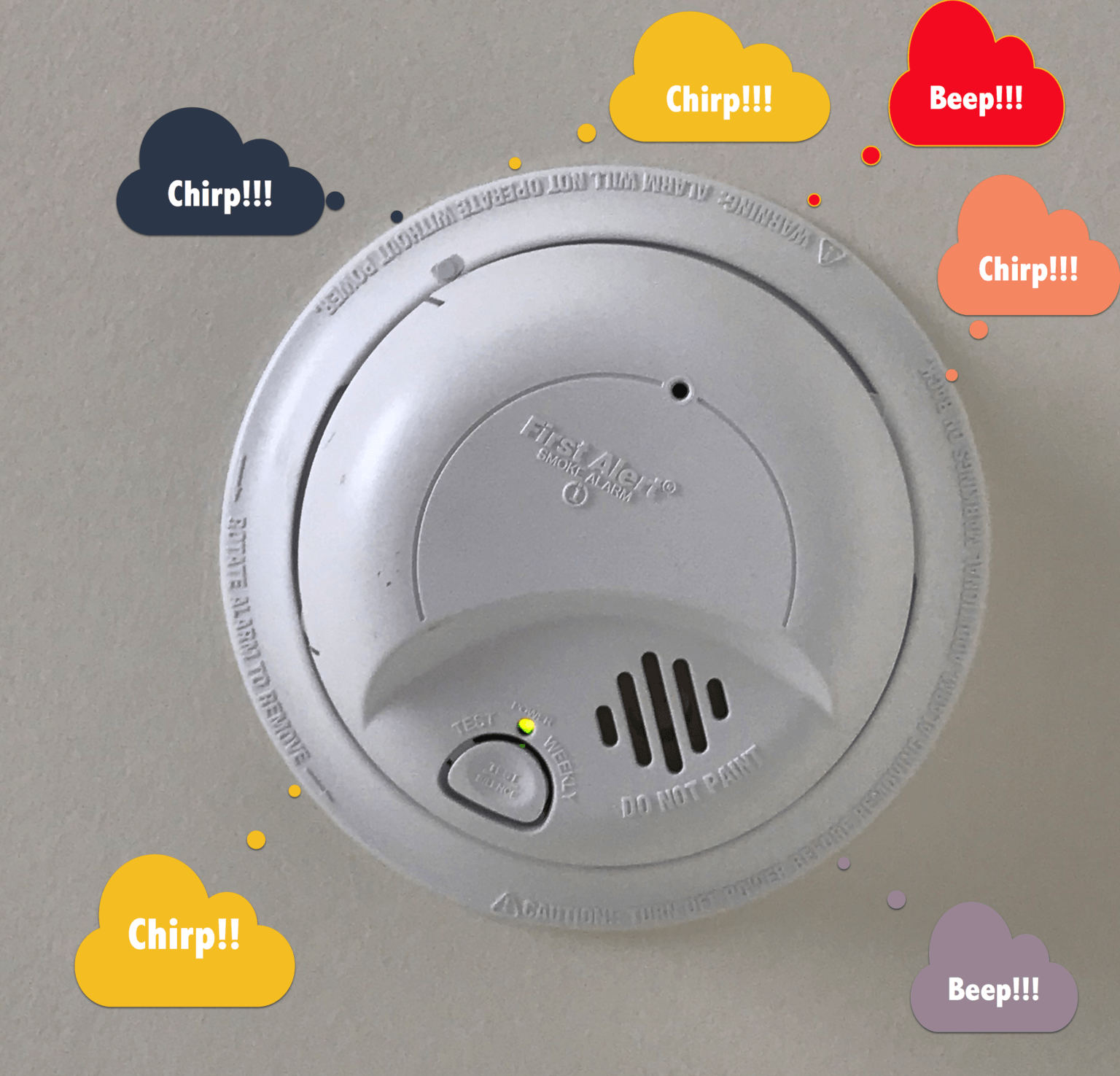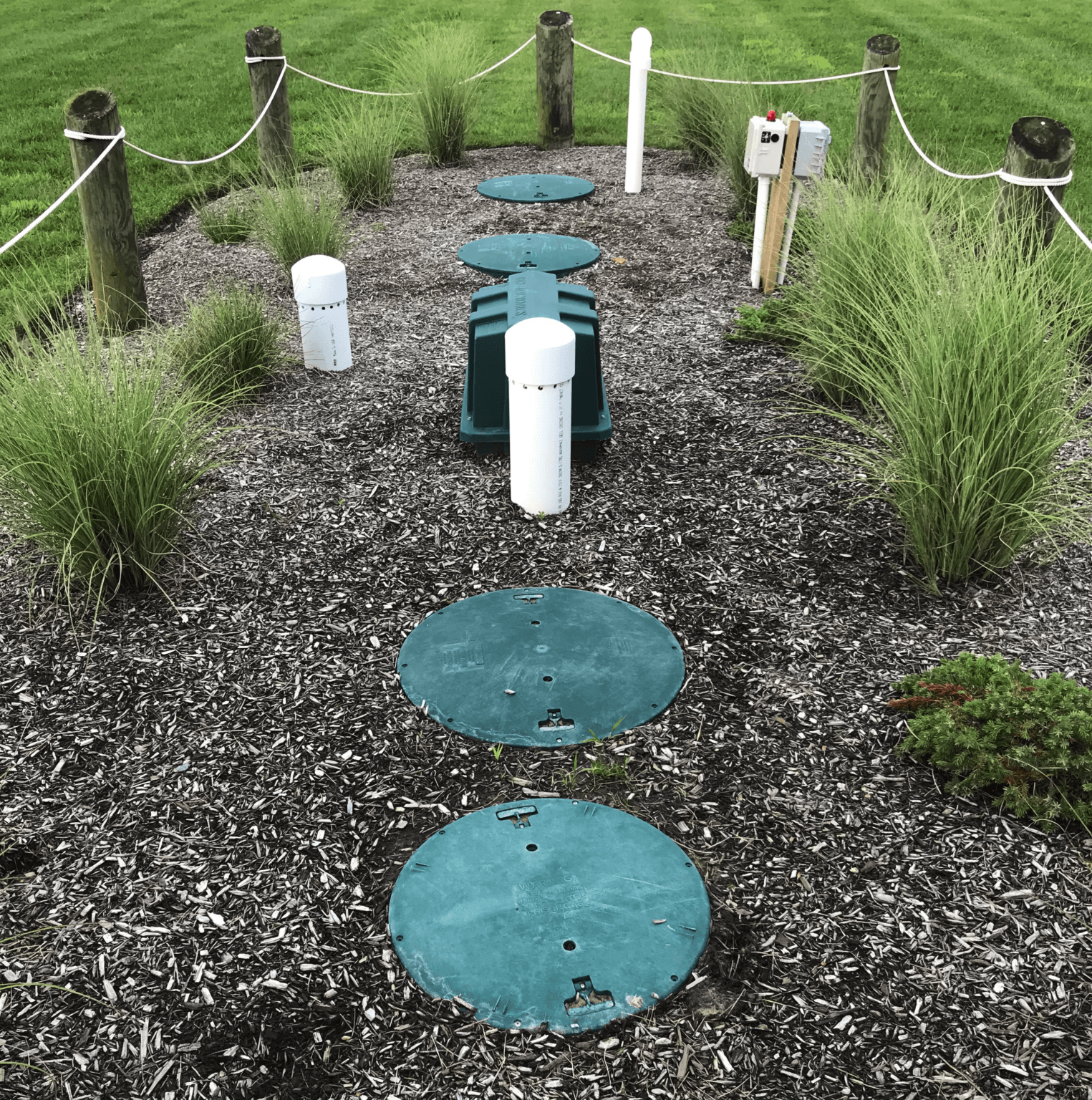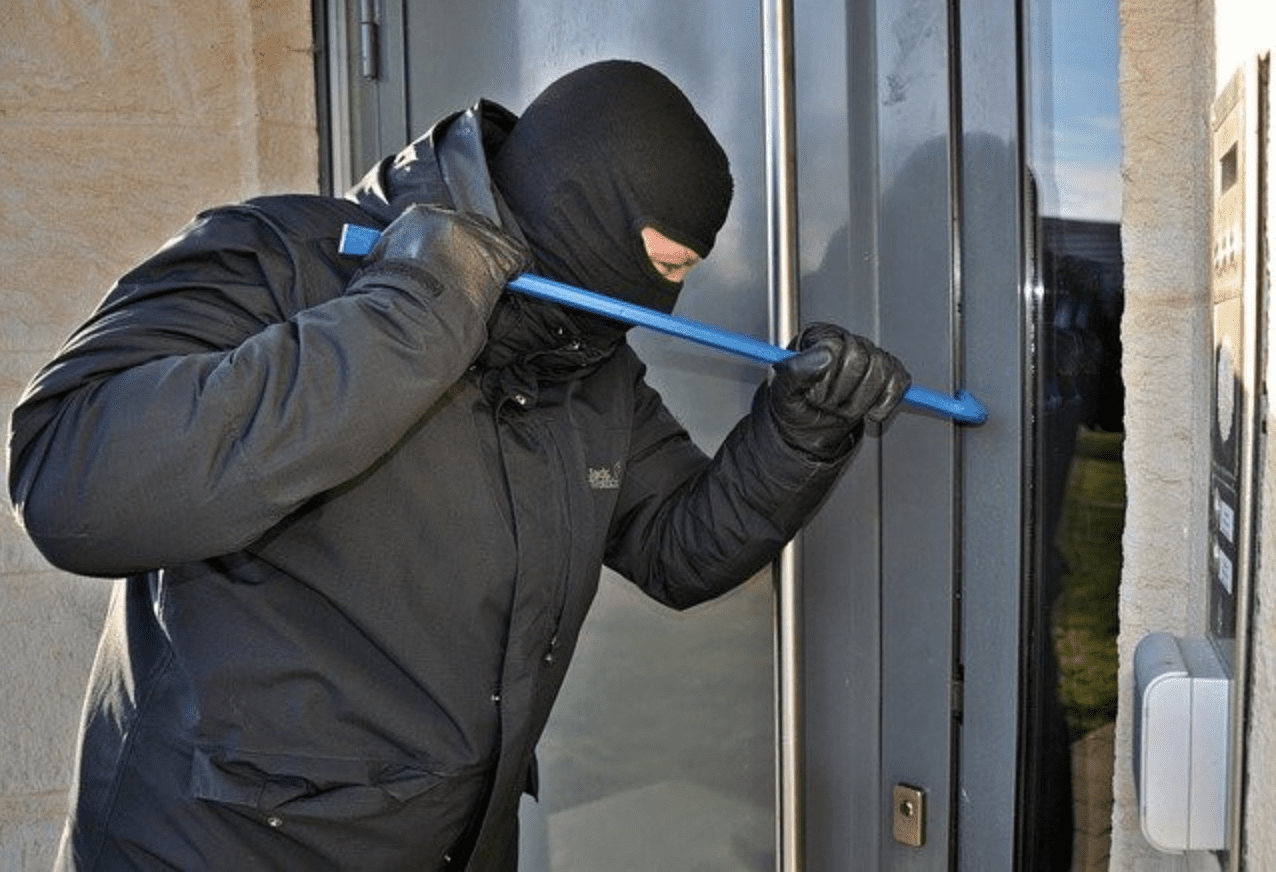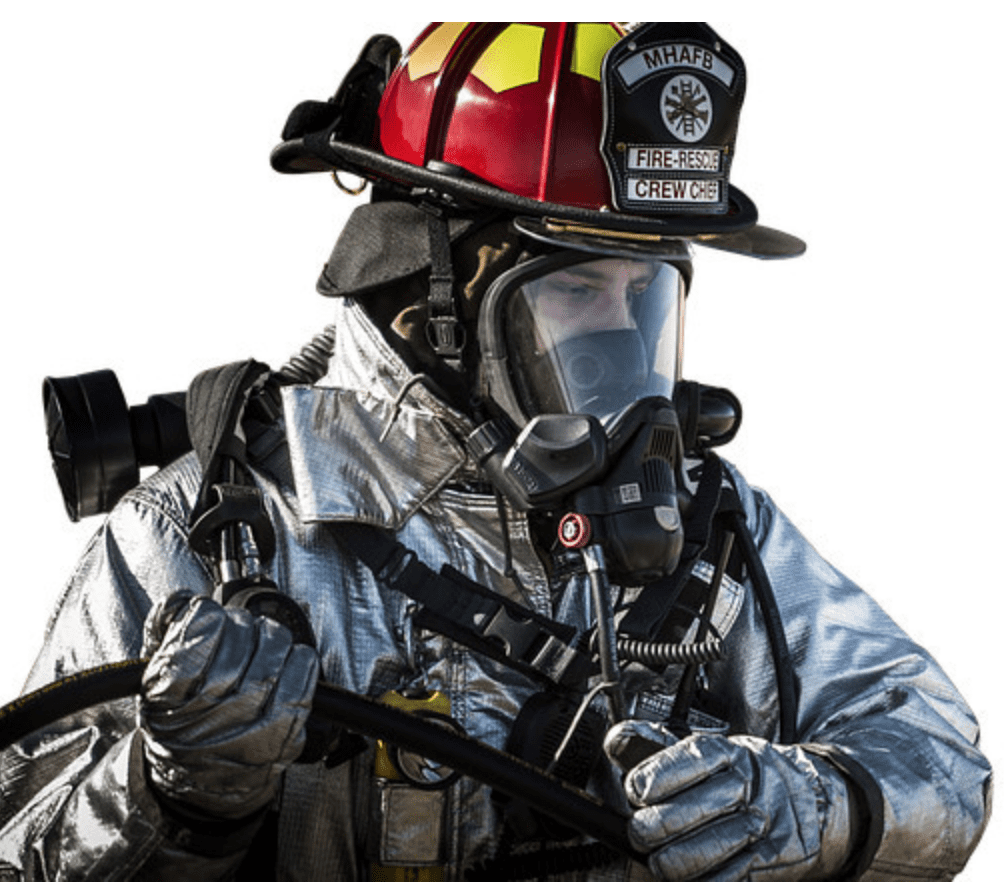Carbon monoxide, known as a “silent killer,” is a gas produced by numerous appliances found in almost every home. Every year, hundreds of people suffer from poisoning that sometimes results in death or severe health problems. That’s the main reason why every home needs a carbon monoxide detector.
Every home needs a carbon monoxide detector because having one is the only way to protect yourself from this poisonous gas. Without this detector, you would not be aware that it is around you because carbon monoxide is colorless, odorless, and tasteless. These detectors are easy to install and reasonably priced.
Since I have been in the USA, every house, condominium, and apartment I have lived in had at least one carbon monoxide detector installed. In this article, I wanted to understand why every home needs a carbon monoxide detector.
But first, let’s understand what carbon monoxide is.
What is Carbon Monoxide and How is It Produced?
Carbon monoxide is an extremely poisonous gas with no smell, taste, color, or any other visible sign that could help identify it. In very small quantities, this gas is not dangerous, but as soon as the level goes up, it becomes seriously dangerous.
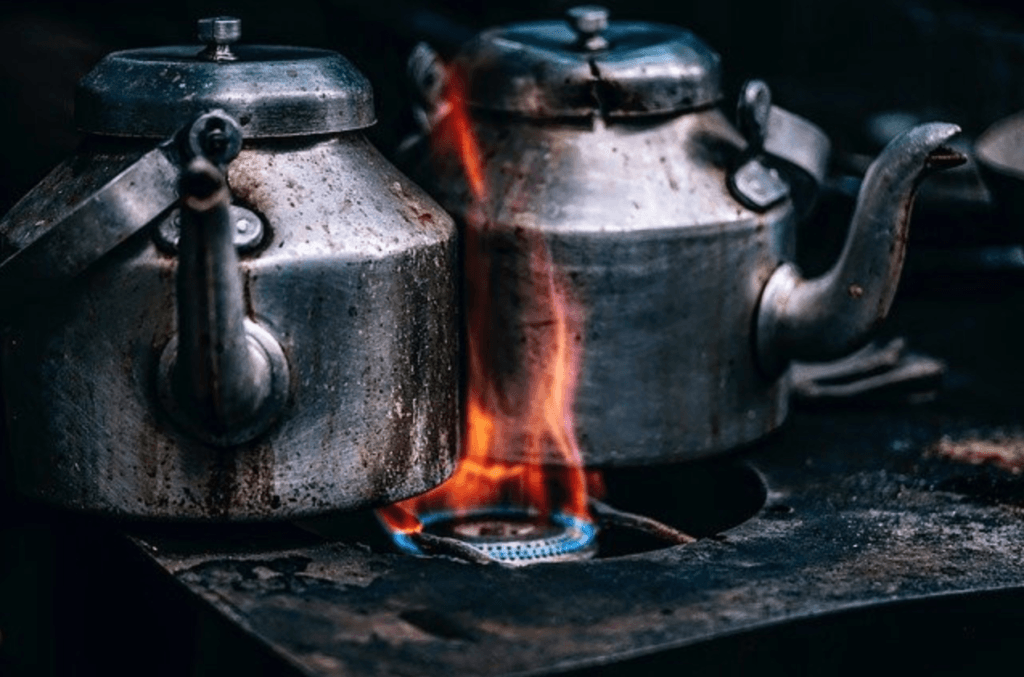
This gas is a byproduct of burning fuels such as natural gas, oil, wood, gasoline, etc. Any house appliance that uses that kind of fuel can produce carbon monoxide, no matter how new or well maintained. Typical appliances in this category include:
- grills (charcoal)
- boilers (natural gas or propane)
- dryers (natural gas or propane)
- heaters (non-electric)
- stoves (natural gas or propane)
In addition to household appliances, cars, lawnmowers, generators, and furnaces can also produce high carbon monoxide levels.
When inhaled, carbon monoxide binds with the hemoglobin in your red blood cells responsible for oxygen delivery across your body tissues and all of the organs. If carbon monoxide “takes over” those cells, your body becomes deprived of oxygen.
When you are no longer exposed to carbon monoxide, it takes a while (several hours) for the blood’s carbon monoxide level to drop back to its normal values.
What Are the Symptoms of Carbon Monoxide Poisoning?

Symptoms of carbon monoxide poisoning vary depending on exposure time, levels, and overall health condition.
Unfortunately, early signs are similar to many other conditions, so it can be tough to realize what is happening on time. And if you ignore the first symptoms, it can lead to unconsciousness. If that happens, it will most likely lead to death because there is almost no chance you will spontaneously wake up and go out of the house.
Symptoms Based on PPM Levels
The level of carbon monoxide is measured in particles per million (PPM). Levels up to 5 PPM are normal for homes with appliances that burn any kind of fuel. Levels up to 50 PPM can lead to minor symptoms after 8 hours or more hours of exposure. The higher the level, the more severe the symptoms are.
The California Real Estate Inspection Association (**CREIA) lists the following symptoms as typical based on PPM levels.
| *PPM Level | Potential Symptoms |
| 50 | No adverse effect with 8 hours of exposure |
| 200 | Mild headache after 2-3 hours of exposure |
| 400 | Headache and nausea after 1-2 hours of exposure |
| 800 | Headache, nausea, and dizziness after 45 minutes of exposure; collapse and unconsciousness after 2 hours of exposure. |
| 1000 | Loss of consciousness after one hour of exposure |
| 1600 | Headache, nausea, and dizziness after 20 minutes of exposure |
| 3200 | Headache, nausea, and dizziness after 5-10 minutes of exposure; collapse and unconsciousness after 30 minutes of exposure. |
| 6400 | Headache and dizziness after 1-2 minutes of exposure; unconsciousness and danger of death after 10-15 of exposure. |
| 12800 | Immediate physiological effects; unconsciousness and danger of death after 1-3 minutes of exposure. |
You can measure the PPM levels with electronic testers or by hiring a testing company. But the simplest way to know if there are unacceptable carbon monoxide levels inside your home is with a carbon monoxide detector.
Symptoms Based on Blood Concentration
Here is a list of symptoms that occur after a person reaches a specific carbon monoxide concentration in their bloodstream provided by *SKYbrary.
| % of Carbon monoxide in the blood | Symptoms |
| 10%-20% | Slight headache, nausea |
| 20%-30% | Drowsiness, headache, dizziness |
| 30%-40% | Impair judgment, difficulty breading, blurring of vision, bad headache, increasing drowsiness, stomach pain |
| 40%-50% | Confusion, blurring of vision, shortness of breath, pounding headache, uncontrolled sleep, vertigo, loss of coordination, chest pain, memory loss |
| >50% | Seizure, unconsciousness, heart attack, death |
Lower than 25% concentration can be treated with oxygen, and the majority of people will fully recover after a few hours.
Concentrations between 25% and 35% can leave long-term consequences on infants, older adults, and those who suffer from chronic illness.
Any concentration over 40% may result in severe consequences, even on healthy people. Hospital treatment may be long, and long-term health issues are likely.
You will need 5 hours for the carbon monoxide level to drop to half of the value that was present when the exposure was terminated. The more you were exposed, the more time you will need to return to normal.
Heavy smokers have a greater risk of carbon monoxide exposure. They can have up to 9% of carbon monoxide concentration in their bloodstream. And that is a lot. Even small exposures to carbon monoxide can endanger their lives.
What Are Carbon Monoxide Detectors?
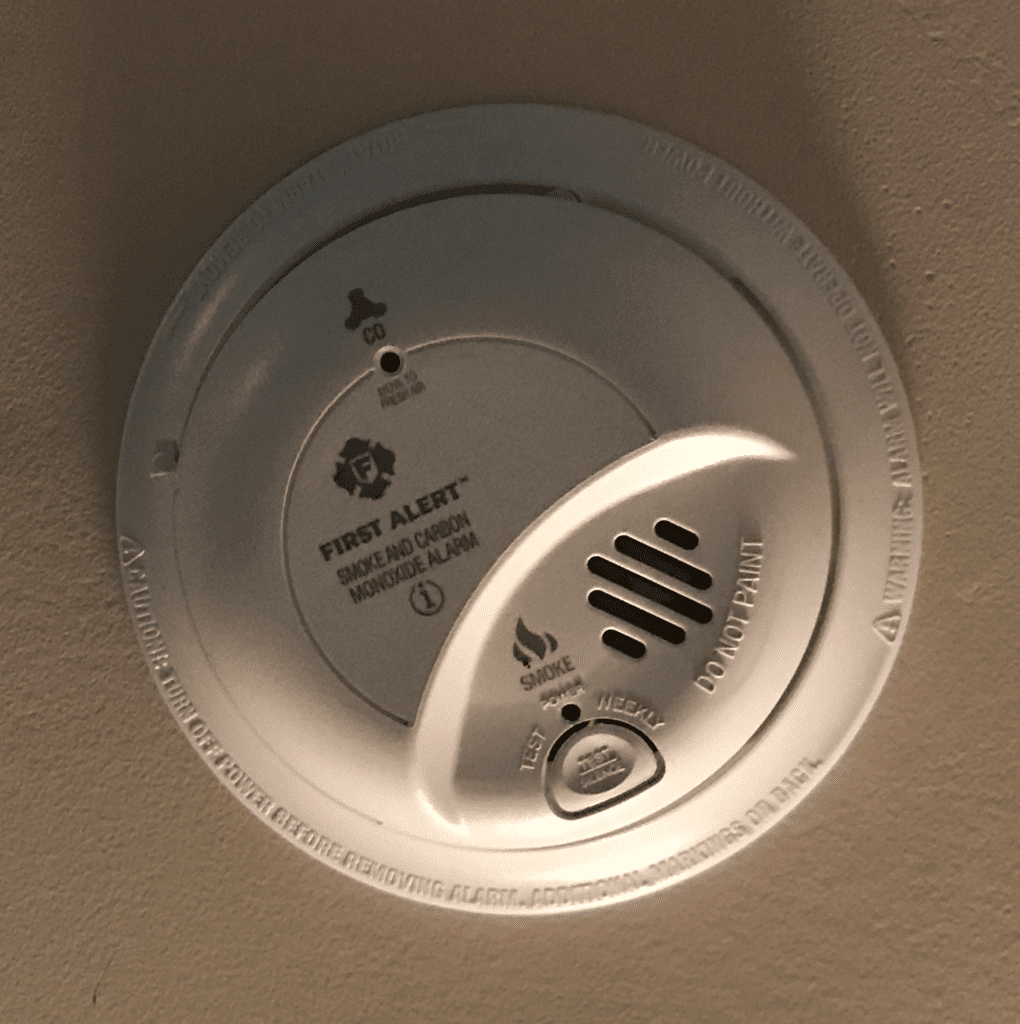
Carbon monoxide detectors are devices similar to smoke detectors that can recognize very low levels of the dangerous gas.
Like smoke detectors, you will know right away because the alarm will be activated. Once you hear the alarm, you will be able to get out of the house, call for help, and protect your health, and even life.
Types of Carbon Monoxide Detectors
These are the main type of carbon monoxide detectors in the market.
Hardwired
Hardwired detectors are interconnected, and if one goes off, the others will too. They usually have batteries as a backup, in case the electricity is out. They come at a higher price, and the installation is a bit more complicated, so, professional installation is recommended.
Plug-In
Another option is a plug-in detector that can be plugged in an outlet, and it will do the job. The downside is that those are not interconnected, some have no backup battery, and people usually install them in low positions where the outlets are. Because gases rise, a low placement is not ideal as it could not alert on a timely basis.
Combined Smoke and Carbon Monoxide Detectors
Some carbon monoxide detectors are also smoke detectors, so you can install one device to protect you from two risks. This is the type we have in our home in Lewes and the one we also had in the house we were renting before. To be precise, they are hardwired, combined smoke, and carbon monoxide detectors.
Some experts argue against this type on the grounds that they require a compromised placement. That is, they are typically placed on the ceiling because smoke alarms should be placed on the ceiling. However, the best placement for carbon monoxide detectors is on the wall.
The EPA has come to the rescue here, indicating that carbon monoxide detectors should be placed on a wall about 5 feet above the floor, but may be placed on the ceiling.
Detectors with Digital Displays
Some modern detectors have digital displays, and they continuously measure carbon monoxide PPM. Even if the level is within acceptable values, you can always see the exact number. The significant advantage of digital displays is that you can monitor the numbers and potentially uncover an issue before it becomes too severe.
Where Should you Place Carbon Monoxide Detectors?

Most States in the USA require 1 carbon monoxide alarm per floor, including basements. My builder installed one on the first floor, one on the second floor, and another one in the basement of our new house in Lewes.
You should always install additional detectors on floors where fuel-burning appliances are. Using multiple detectors ensures the safety of you and other family members. Make sure that you can hear the alarm in the bedroom. Night-time poisoning is the most dangerous one. When you are sleeping, you can sleep through the mild symptoms and end up losing consciousness in your sleep. Unfortunately, many of these cases result in death.
If you decide to install the detectors yourself, always read the instructions from the manufacturer. But these are some general tips:
- Install them high, at least 5 feet from the floor
- If you are installing a detector with a digital display, make sure the display is within sight
- Do not cover the detectors with furniture or draperies
- Install them in different rooms, especially bedrooms to be woken up if there is a problem while you are asleep
- Avoid kitchen areas or next to cooking appliances
- Avoid areas that are near heating vents
Similar to smoke detectors, these devices have a certain life-span. Reputable manufacturers will always clearly state this information so you can keep track and replace the detector in time. Old devices are unreliable and may fail to detect carbon monoxide.
How Can I Prevent Carbon Monoxide Poisoning?
There are specific steps you can take to minimize the risk. In addition to installing carbon monoxide detectors, you can do the following:
- Regularly check, test, and maintain the carbon monoxide detectors. Always use them in a way that is described by the manufacturer. Protect them from dust, moisture, heat, and direct sunlight.
- Regularly check, maintain and repair all of the appliances which burn fuel
- Never leave your car running inside the garage. The same goes for lawnmowers and similar machines.
- Never burn charcoal inside your home, garage, or vehicle.
- Inform your children or elderly family members about the dangers of carbon monoxide warning signs and explain to them what to do if the alarm goes off
What to Do When the Carbon Monoxide Alarm Goes Off?
If you can hear the alarm, that means you are still fully conscious and can help yourself and your family members. Do the following:
- Don’t panic, and do not try to find the carbon monoxide source. That’s not important now.
- When you hear the alarm, quickly inform other tenants about it and immediately go outside.
- Call emergency services, fire department, or 911 (USA).
If emergency personnel lets you return home, you should turn off any fuel-burning appliance. Reset the alarm and see what happens. If it goes off again, repeat steps 1, 2, and 3.
If emergency staff tells you that it’s ok to stay in, hurray! But you should call a professional to inspect the appliances. Now it’s time to find out the cause of the problem.
Closing Thoughts
Installing carbon monoxide detectors is cheap, simple, and highly efficient. Some homeowners mistakenly think that they will recognize a problem if it occurs, but there is no way to notice a transparent, odorless, and tasteless gas. And the mild symptoms can be mistaken for migraine, stomach flu, or similar condition.
Related Posts:
